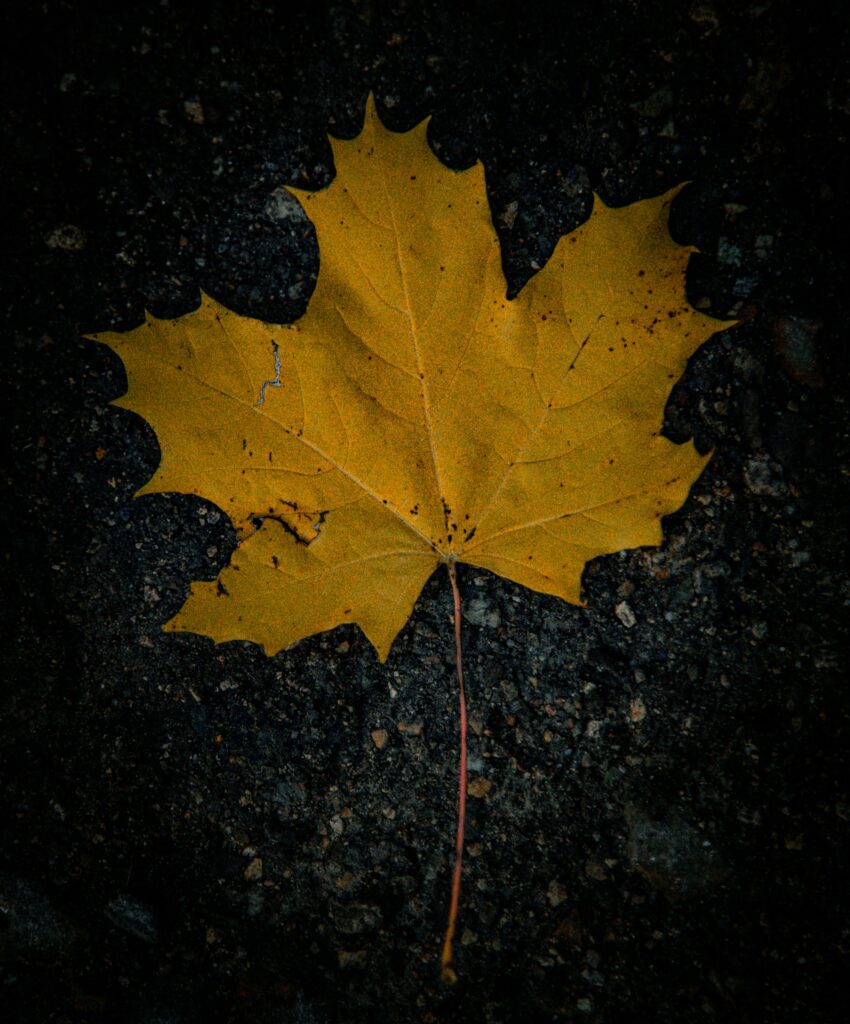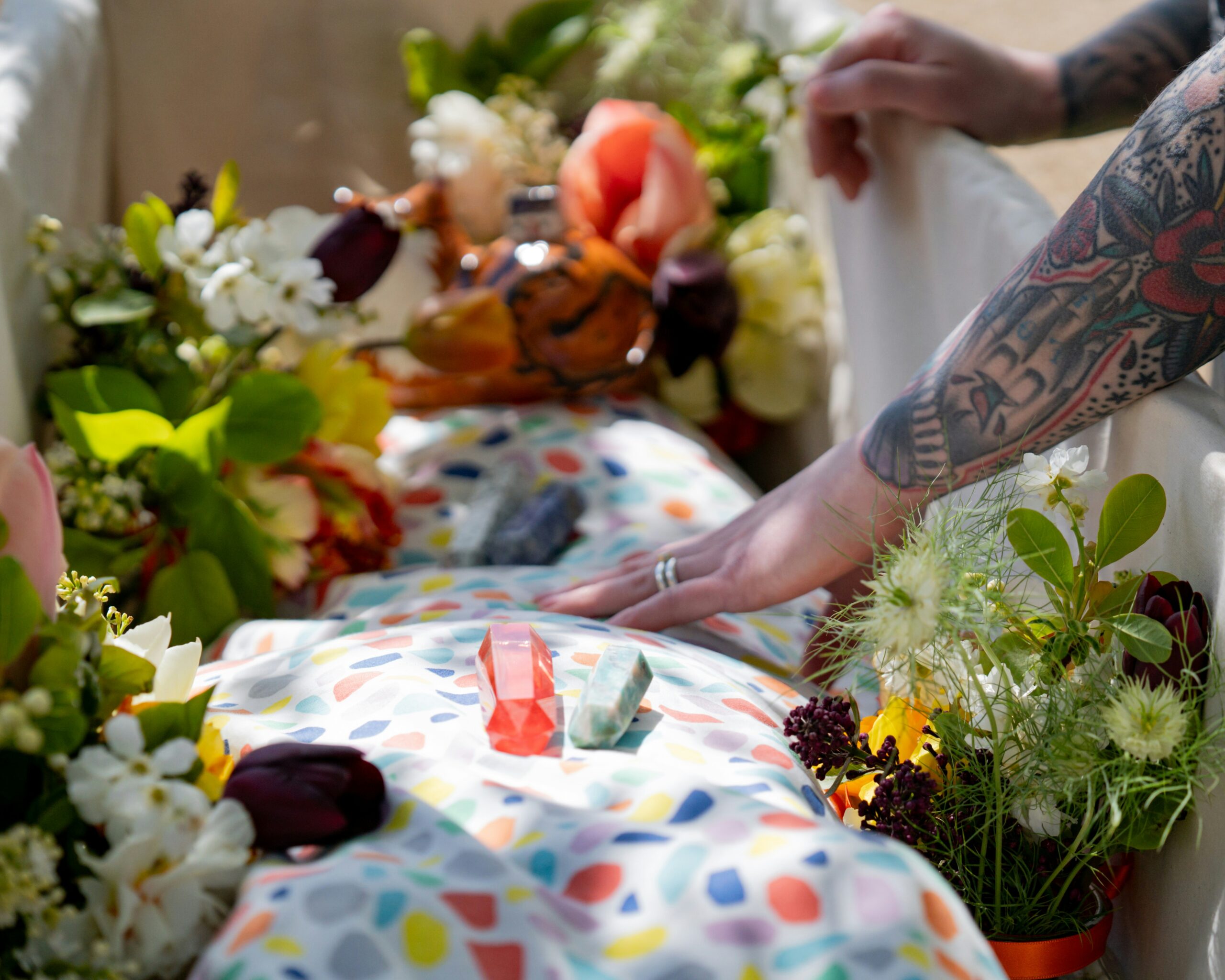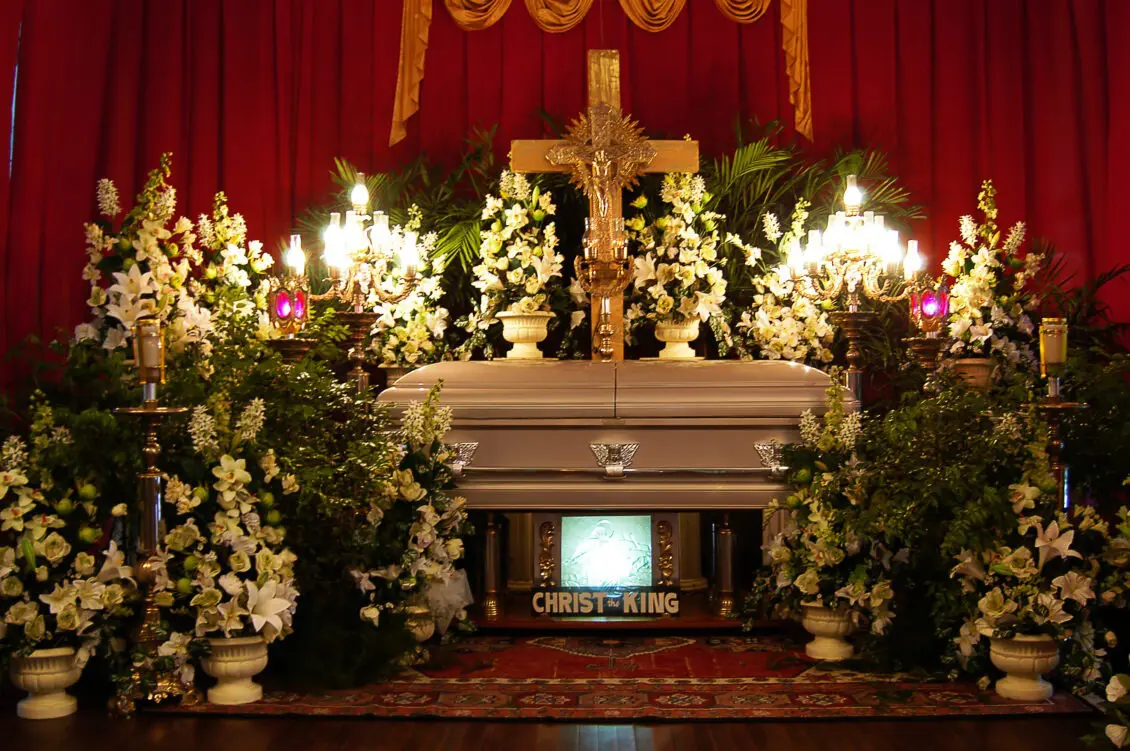Understanding Natural Graves: A Comprehensive Guide
Introduction
More people are choosing natural graves as a greener and more meaningful way to say goodbye to their loved ones. This guide explores the concept of natural burials, the various types available, and how to plan a natural burial. We’ll also discuss the benefits and eco-friendly options that make natural graves an appealing choice.
What is a Natural Grave?
Definition and Purpose
A natural grave is a burial site that is environmentally friendly. It allows the body to decompose naturally without causing harm to the environment. Natural burials, also known as green burials, involve using biodegradable materials and avoiding toxic chemicals typically used in conventional cemeteries.
Note: Natural graves often use biodegradable caskets or simple shrouds, ensuring that the human body decomposes naturally.
Types of Natural Burials
Green Burials
Green burials are the most common type of natural burial. They avoid using embalming fluids, metal caskets, or concrete vaults, allowing the body to decompose naturally.
Woodland Burials
Woodland burials take place in natural settings, often in forests or designated green burial grounds. People preserve and maintain these sites as natural habitats.
Conservation Burials
Conservation burials go a step further by incorporating land conservation efforts. These burials help protect and restore natural landscapes, providing a lasting environmental legacy.
tip: Consider a conservation burial to contribute to land preservation while honoring your loved one.
Benefits of Natural Burials
Environmental Impact
Natural burials significantly reduce the carbon footprint compared to conventional burials and cremations. They avoid the use of toxic chemicals and non-biodegradable materials, promoting a healthier ecosystem.
Emotional and Spiritual Aspects
Many people find comfort in knowing their loved ones are laid to rest in a way that respects the earth. Natural burials offer a serene and meaningful farewell, connecting family members with nature.
A natural burial allows for personalized and intimate ceremonies to celebrate life in a unique way.
Planning a Natural Burial
Choosing a Natural Cemetery
When planning a natural burial, it’s essential to choose the right cemetery. Look for natural burial grounds or hybrid cemeteries that offer eco-friendly options. These sites design to accommodate natural graves and uphold environmental standards.
Legal Considerations
Ensure you understand the legal requirements for natural burials in your area. Rules vary, so it’s crucial to choose a knowledgeable funeral director to assist you.
The funeral director should be experienced and able to guide you through the process. Their expertise will ensure that everything is handled properly. It is important to have someone who can help you navigate the different rules and regulations.
Tip: Some regions may require special permits or have specific guidelines for natural burials. Research local regulations to ensure compliance.
Eco-Friendly Burial Options
Biodegradable Materials
Using biodegradable materials is a cornerstone of natural burials. Options include biodegradable caskets, shrouds, and urns made from materials like wicker, bamboo, or cardboard.
Human Composting
Human composting, also known as natural organic reduction, is an emerging eco-friendly burial option. It involves transforming human remains into nutrient-rich soil through a controlled decomposition process.
Green Burial Grounds
Green burial grounds are dedicated to natural burials and often feature native vegetation and wildlife. These sites are managed to support ecological balance and conservation efforts.
Tip: Pick a green burial site that matches your environmental beliefs and provides the natural burial style you want.

Conclusion
Natural graves offer a sustainable and meaningful alternative to traditional burial practices. By choosing a natural burial, you can honor your loved ones while contributing to environmental preservation. Choose a green, woodland, or conservation burial and plan carefully to reflect your values with eco-friendly options.
FAQs
What is a natural grave?
A natural grave is a place where a body can decompose without chemicals. The materials used can easily break down. This allows for a natural decomposition process. This type of burial site does not use harmful chemicals.
What are the benefits of natural burials?
Natural burials reduce environmental impact, avoid toxic chemicals, and offer a more meaningful connection to nature.
How do I plan a natural burial?
Choose a suitable natural cemetery, understand local legal requirements, and select eco-friendly burial options such as biodegradable caskets or human composting.





